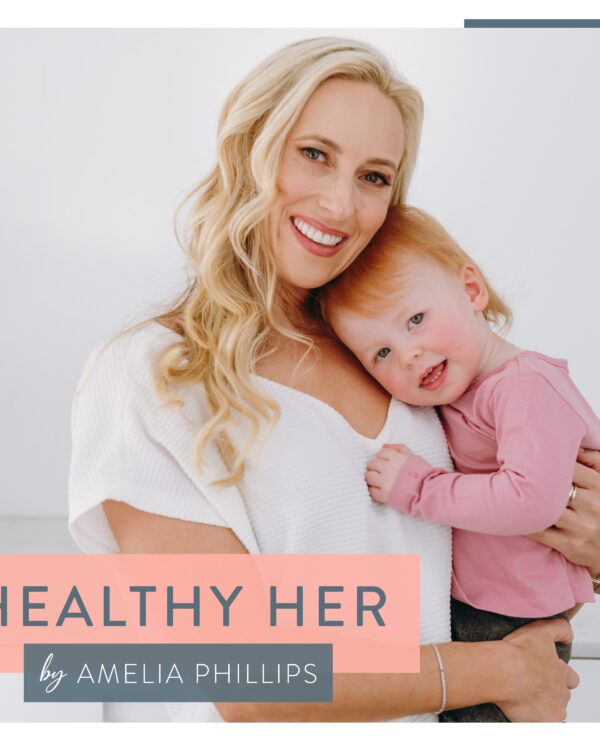In about five seconds you’re going to love me for saying this.
You should try and take a nap every single day. Not an hour long sleep, but a small 15-20 minute snooze. Love me yet?
Here’s why:
- A nap restores alertness
The National Sleep Foundation recommends a short nap of 20–30 minutes “for improved alertness and performance without leaving you feeling groggy or interfering with night-time sleep”. - A nap prevents burnout
In our always-on culture, we are always going! However, what’s a race without rest. To avoid stress, frustration, and burnout, take a nap for a system reboot. - A nap heightens sensory perception
According to Dr. Sandra C. Mednick, author of Take a Nap, Change Your Life, napping can improve your creativity by relaxing your mind and allowing new associations to register. - A nap reduces the risk of heart disease
Study shows those who take a midday siesta at least three times a week are 37 percent less likely to die of heart disease, as per a 2007 study published in the Archives of Internal Medicine. Dimitrios Trichopoulos, of the Harvard School of Public Health in Boston, who led the study said, “Taking a nap could turn out to be an important weapon in the fight against coronary mortality”. - A nap makes you more productive
Numerous medical studies have shown workers becoming increasingly unproductive as the day progresses. But a 2002 Harvard University study demonstrated a 30-minute nap boosted the performance of workers, returning their productivity to beginning-of-the-day levels.
Can’t get yourself to take a good nap? Here are another five ways you can take the best nap ever:
- Find The Middle Ground
You need to find the perfect time that’s as close to the middle of the day as possible. This is because if you lie down for a snooze too late into the afternoon, it’ll disrupt your night sleep and if you do it before noon, there’s no point really. Best time to nap is between noon and 2:30pm. - Not Too Long
Don’t lay down thinking you’re going to ‘sleep’. There’s a difference and that is the length of the snooze. Ideally, a power nap should be 20 to 30 minutes, but the minute you cross that half hour mark, you’re looking into diminishing the positive effects of napping, i.e. more creativity, efficient brain response. Plus, if you extend your nap past 60 minutes, you’ll enter into a deeper stage of sleep and might wake up feeling groggy. - Hit the Couch, not the Bed
You need a place that’s comfy but not too comfortable for you to hit the snooze button mid-afternoon. Nap on the couch instead of the bed. - Take Care Of The Specifics
Look for a place that’s as quiet as possible and dark enough for you to dose off; but be mindful, don’t go for a pitch dark space either because then your brain will go into thinking that it’s night time. The temperature of the room shouldn’t be too hot or cold — slightly cool is ideal for maximum comfort. - Have a cup of coffee pre-nap
What? You’d think. But a 2003 Japanese study found that those who had a cup of coffee before napping, rested better. Go figure! I’m not all ears for this, but perhaps give a small cup of English Breakfast pre-nap a go. Caffeine doesn’t kick in until about 20 to 30 minutes after it’s ingested. So when you wake up just as the coffee is taking effect — and feel wonderfully refreshed.
Napping Celebrities
- Leonardo da Vinci took multiple naps a day and slept less at night.
- The French Emperor Napoleon was not shy about taking naps. He indulged daily.
- Eleanor Roosevelt, the wife of President Franklin D. Roosevelt, used to boost her energy by napping before speaking engagements.
- John F. Kennedy ate his lunch in bed and then settled in for a nap—every day!
- Winston Churchill’s afternoon nap was a non-negotiable. He believed it helped him get twice as much done each day.



Recent Comments